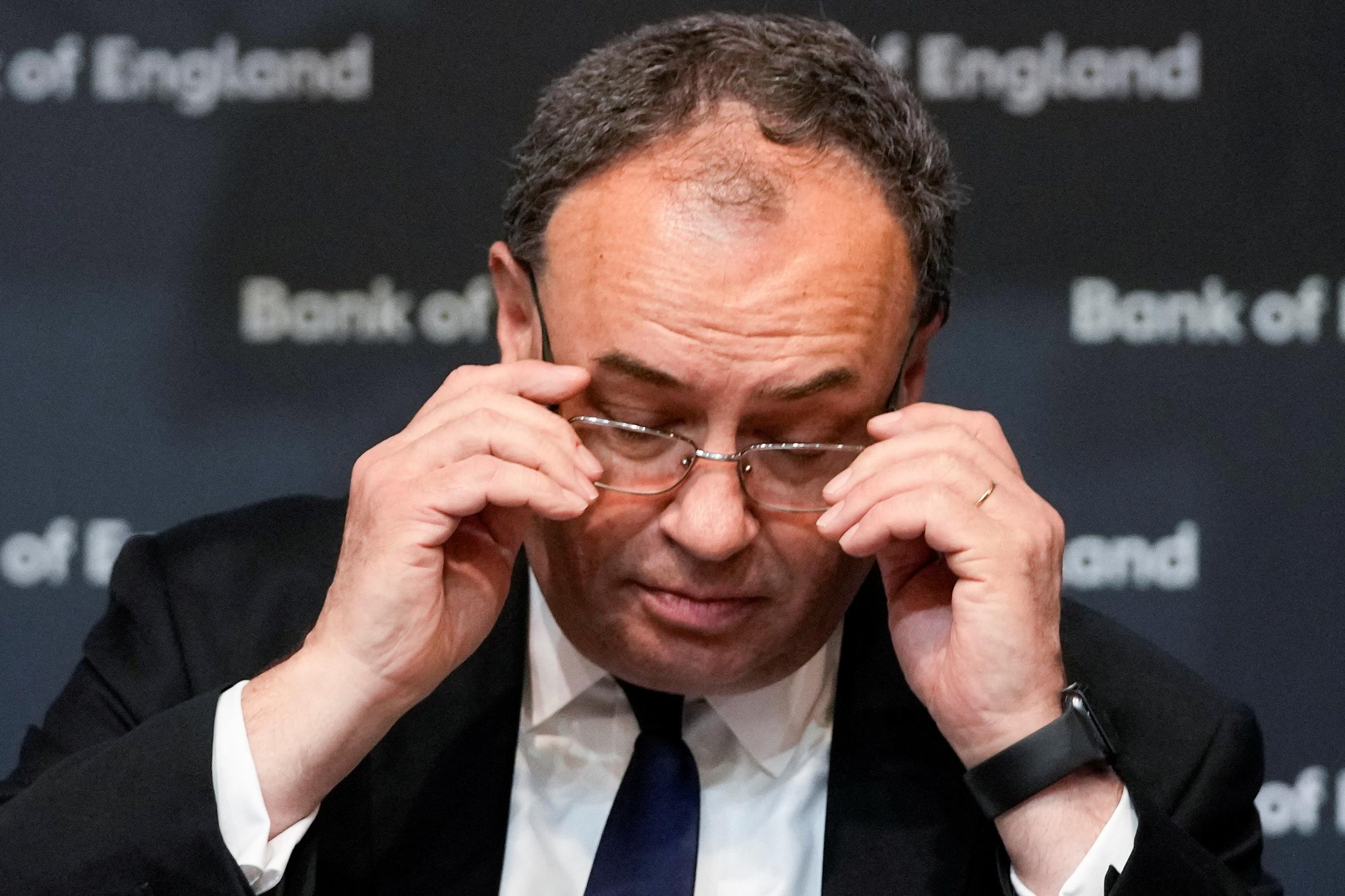Homebuyers who feel caught off guard by escalating financing costs might be tempted to explore unconventional home loans known as interest-only mortgages, which have much lower down payments compared to a standard mortgage.
But these loans have some major drawbacks that potential borrowers should also be aware of.
With an interest-only mortgage, you only pay interest on the loan initially, usually for the first five or 10 years. The advantage is that these upfront payments are cheaper since you are not required to make payments on the full amount borrowed, known as the principal.
Once the initial interest-only period is over, you start paying principal and interest for the rest of the term of the loan. Payment terms vary, but the interest rate is usually reset to the prevailing rate at that time, which may have increased. And with principal now included, these payments can cost you double or triple what you originally paid on the loan. according to the Federal Deposit Insurance Corporation.
If payments become too expensive, borrowers can try to negotiate a longer term or refinance the loan with a cheaper mortgage rate, if available. However, refinancing can still cost around 2% to 5% of the total loan, which could offset the savings of a reduced monthly premium.
Right now, interest-only mortgages are “getting more and more popular,” says Shmuel Shayowitz, president of Approved Funding, a mortgage company. He says that for some buyers, it “helps close the gap with the monthly payment.”
But again, as Shayowitz points out, there are downsides to these types of loans that every borrower should consider, even though they can temporarily save you a few hundred dollars a month.
–
The Disadvantages of Interest-Only Home Loans
First, these loans generally charge higher interest rates than conventional mortgages. The reduced monthly cost comes only from deferring the principal payment to a later date.
And because you’re paying a higher interest rate and making more interest payments overall, you’ll also pay more interest over time, compared to a conventional loan.
Additionally, there is a risk that mortgage rates will rise over time, as has been the case recently. This would make the monthly payments more expensive than originally expected after the end of the interest-only period. The burden of these additional costs could expose borrowers to the risk of loan default.
Rate hikes are usually capped at around 2% after the initial interest-only period expires, but it can still be a significant expense.
Another risk is that if your home loses value, the subsequent sale of the property may not cover the full cost of the loan.
“Think about why you’re considering it,” Shayowitz says. A bad candidate for an interest-only loan would be someone looking to “cut a few bucks” off their monthly costs just to move into a home they might not otherwise qualify for.
A good candidate for this type of loan usually has a reliable source of income with enough cash to cover mortgage payments after the interest-only period expires. Mortgage rates could rise further, but the buyer would be willing to accept that risk, especially if they plan to sell the home in a few years. Choosing an interest-only mortgage would temporarily free up money for other expenses or investments.
“A lot of it comes down to putting pen to paper,” says Andy Darkins, certified financial planner at wealth management firm Vista Capital Partners. He advises potential buyers to “stress test” their short- and long-term cash flow before considering an interest-only loan.
“Look at different scenarios,” he says. “At the end of [interest-only] term, what happens if the payment doubles? What if it was somewhere between that and your initial payments? Ask yourself if you could actually afford the payments in each of these circumstances.”
For homeowners looking to minimize monthly costs, another option to consider is a conventional variable rate mortgage, which typically offers lower rates than fixed rate home loans. Again, terms vary, but typically the interest rate on an adjustable mortgage will be locked in for an initial term of five, seven, or 10 years, after which it will reset annually or even monthly.
The advantage of an adjustable rate mortgage is that, unlike interest-only loans, you’ll actually start paying off the loan immediately, building up equity in the home that you can borrow later, if needed. And you won’t bother yourself with thousands of dollars in unnecessary interest charges either.
Adjustable rate mortgages, however, come with some risk, as mortgage rates could go up. That’s why homebuyers often stick with the cost certainty offered by fixed rate mortgages, even though the interest rate on this type of loan tends to be higher.
Register now: Be smarter about your money and your career with our weekly newsletter
Don’t miss: This is the reason why Kevin O’Leary doesn’t hire ‘workaholics’
–
–


